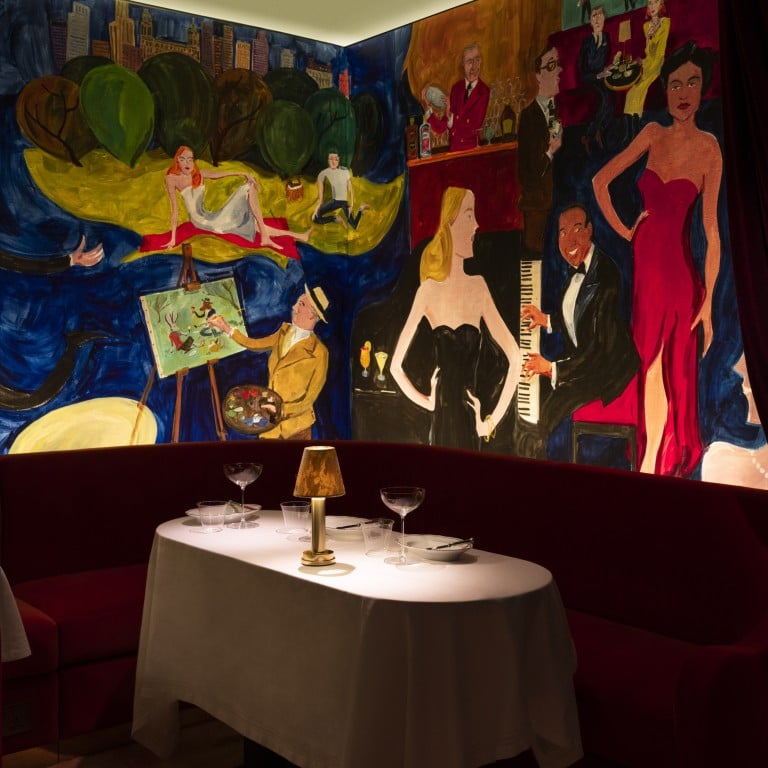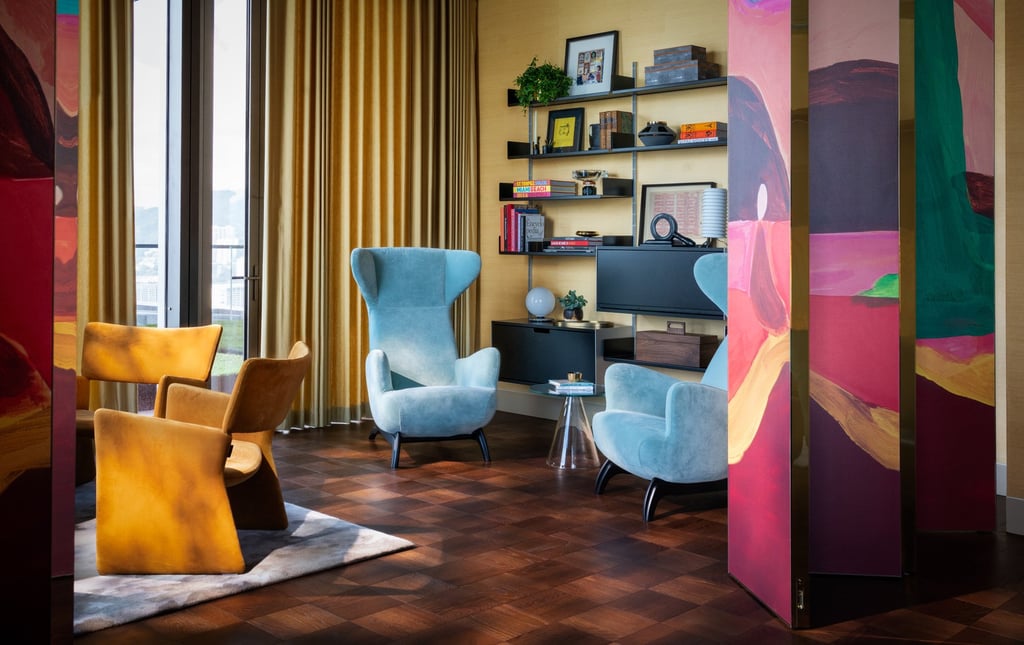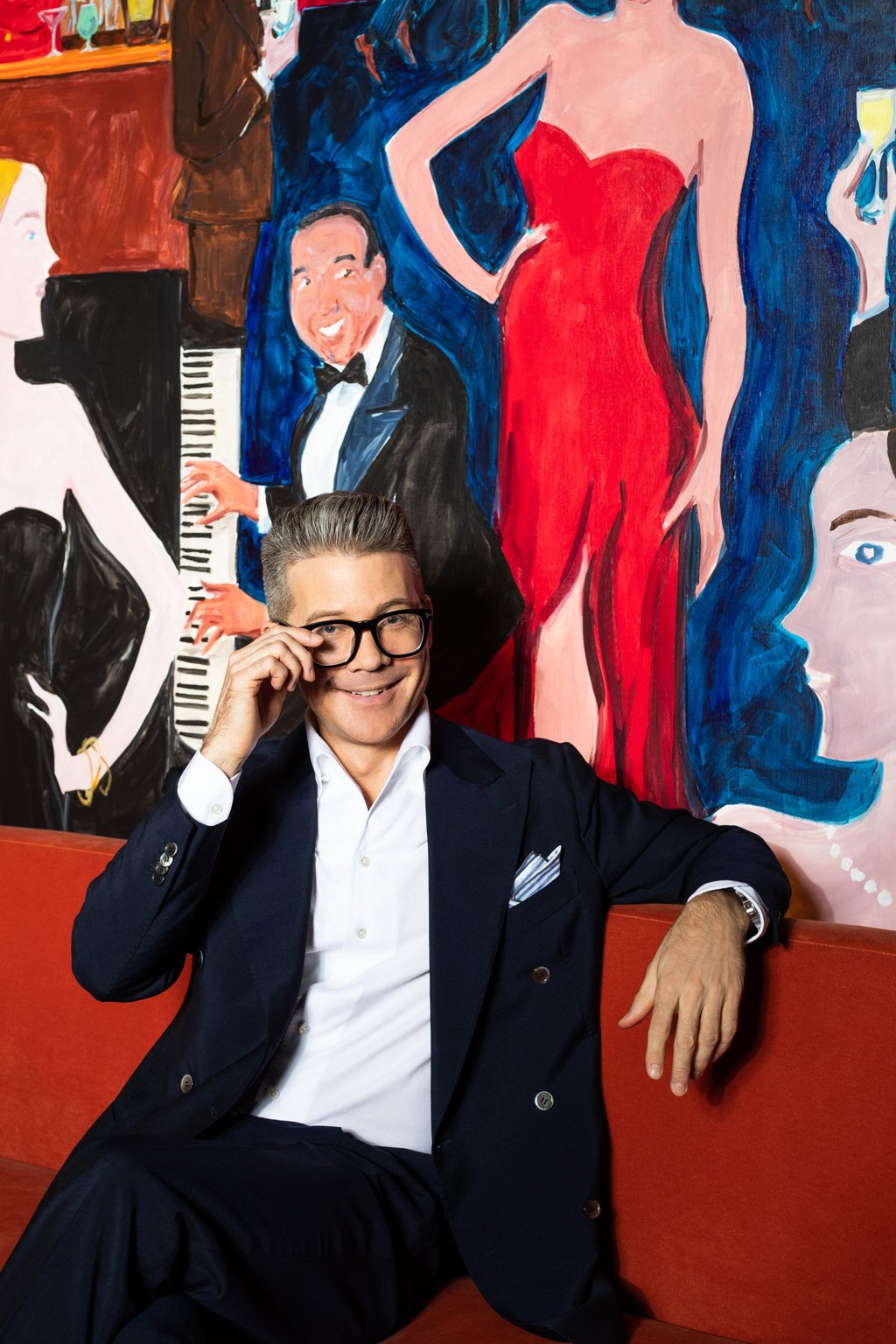How private members’ clubs were reinvented for Gen Z: from Hong Kong’s Carlyle & Co. to Soho House, AllBright and The Arts Club, the new generation of inclusive intuitions creating meaning in 2023

- Once seen as elite, stale and stuffy throwbacks catering to the elderly gent, today’s private members’ clubs have found fresh relevance by offering a focal point to like-minded communities
- Soho House targets creative types, AllBright welcomes powerful women, The Arts Club is for culture vultures, and Carlyle & Co. offers a full lifestyle experience, from a barber and tailor to live jazz
Private members clubs may date back to the early 1880s – they started out as secret spaces where upper-class British gentlemen could indulge in drinking and gambling – but their raison d’être has evolved over time, along with the societies they cater to.
In its current incarnation the “modern” private club is present in almost every bustling metropolis, catering to various segments of the local community, be it creative types (Soho House), art lovers (The Arts Club), powerful women (AllBright) or even horse racing buffs (Louisville Thoroughbred Society).
They share a common goal: to bring together like-minded people in an often-exclusive space. To that end, most offer a checklist of attractions starting with beautifully designed interiors, top-notch facilities, great food and stellar entertainment.

Since the coronavirus pandemic, however, many of the newer clubs have been looking to set themselves apart by creating a new blueprint that eschews the elitism that made many of these clubs popular to begin with. In its place is a more inclusive membership model that celebrates diversity.
“These days we need to forget the traditional currencies that have driven private club curation such as social status or name. People are no longer defined by the work they do – everyone has changed jobs or has a side hustle. What’s important is the individual themselves,” says Jonathan Frolich, managing director of Hong Kong-based Carlyle & Co.
“I always say our members would form the ultimate dinner party guest list – they are a diverse group of people who have been highly curated and are never random.”

While a great community forms the basis of any successful club, so do its surroundings. Lifestyle changes post-pandemic – such as the work from home trend – have transformed these spaces into what Frolich describes as a “third space or extension to people’s lives”.
“Initially I was after a space where I could hang out with my friends, but now I look for a club that has versatility. I want to be able to work, eat, gym, shower and get ready there. It has to be designed to fit my day-to-night agenda,” says Roger Ho, a 20-something tech investment executive.